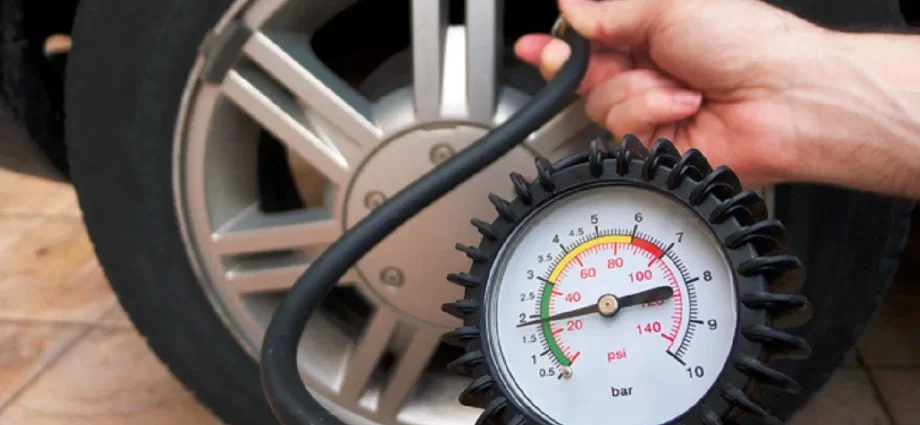Tires are the only parts of your vehicle that make direct contact with the road, and play an integral role in handling, braking, ride quality and safety. Regular inspections, balancing and rotations can extend their lifespan considerably.
Knowing how your driving habits and environmental conditions impact tire wear is critical in knowing when it’s time for replacements.
1. Inspect Your Tires Regularly
Regular tire inspection is a vital part of proper care, enabling you to detect signs of damage like cuts and punctures early enough for repairs to be taken before they become major road hazards. Furthermore, inspecting will give a clearer idea of their overall health; driving with tires that have poor conditions could quickly wear them out or cause performance issues like handling difficulties or vibrations that affect driving performance.
Not only should you assess tread depth and sidewall damage, but you should also monitor tire pressure, align your tires properly, and make sure they’re aligned for maximum longevity and money savings. All DOT-regulated tires feature built-in treadwear indicators which alert when the tread wear is down to two-thirty seconds (2/32 of an inch). Following these indicators can help save on costly tire replacement expenses.
2. Keep Your Tires Properly Inflated
Your vehicle’s recommended tire pressure can be found in either its owner’s manual or an information sticker located inside of its driver door jamb. When checking tire pressure, do so when tires are cold; to prevent ambient temperatures or heat generated while driving from expanding them. Moreover, use an accurate tire gauge at least once every month when checking tire air pressure to stay safe on the road.
Underinflation can result in uneven wear and reduced mileage, while overinflation can accelerate tread wear for less reliable traction and lead to rough rides and less reliable traction. Underinflated tires also become flatter which reduces their lifespan by rubbing against the road reducing lifespan by up to half! Though many drivers rely on TPMS (Tire Pressure Monitoring System) alerts for their vehicle when their tire pressure has become low it’s essential that drivers frequently check air pressure with an air gauge and maintain manufacturer specified levels for best results and results.
3. Rotate Your Tires
As previously discussed in another blog, tire rotations are an integral component of vehicle maintenance, and neglecting this service could lead to serious tire and vehicle problems down the line.
Tires in different wheel positions perform different duties and therefore wear down at differing rates. Front-wheel drive vehicles tend to wear faster due to front tires helping propel and guide turns; on the other hand, rear tires take on more of a load when traveling in reverse or carrying heavy loads.
Regular tire rotation helps ensure that all of the tires wear down evenly, prolonging their lifespan and performance more effectively. As a general guideline, rotating tires every 5,000 miles or as recommended by your vehicle manufacturer is generally best practice; otherwise a professional mechanic or tire service center can recommend an appropriate schedule and pattern tailored to suit your vehicle.
4. Keep Your Vehicle in Excellent Condition
Tires are the sole component that come in contact with the road, and are therefore indispensable to safety, handling, and fuel efficiency. When they wear down unexpectedly, drivers could lose control of their car and put themselves in grave danger.
Proper tire maintenance practices can prolong their lifespan and save money over time.
Regular inspections are important in order to identify any signs of wear, such as ageing, damage and foreign object debris that could shorten their lifespan. Proper inflation levels, regular rotation and balancing are also key to prolonging tire lifespan.
Aggressive driving behaviors such as hard braking or rapid acceleration place additional strain on tires and lead to faster wear, while consistent smooth driving behaviors may help decrease this rate of deterioration. Frequency of travel, terrain conditions and weather, load size can all play a part in how long tires last; finally, recycling or disposing of old tires at their end of life is vitally important both to environmental sustainability and personal safety.

